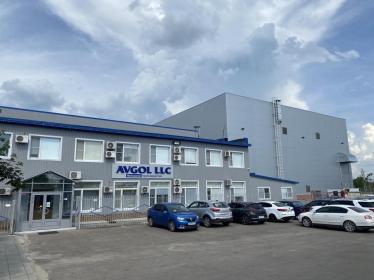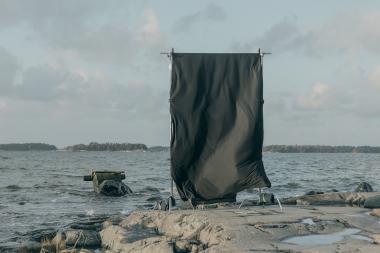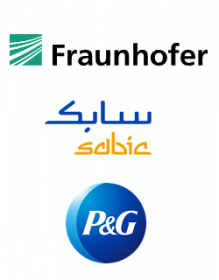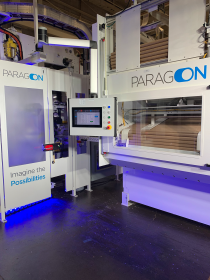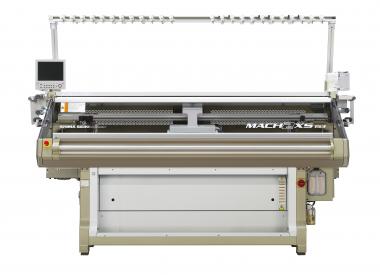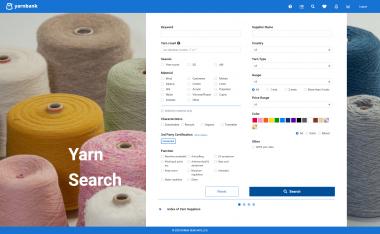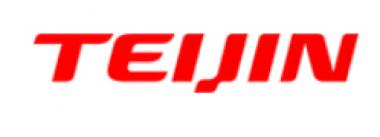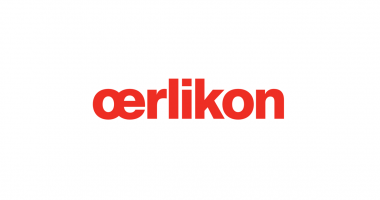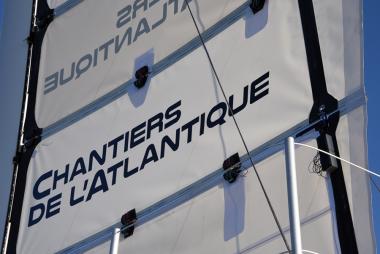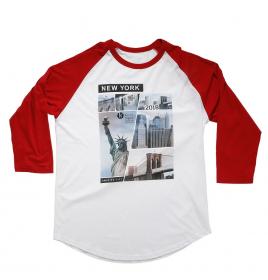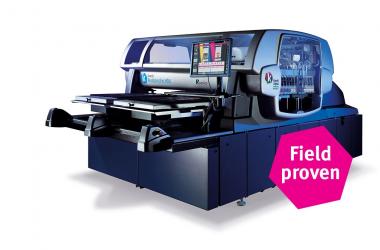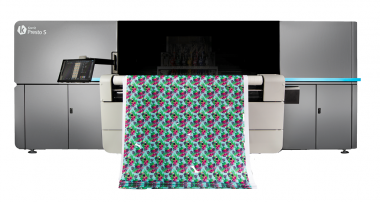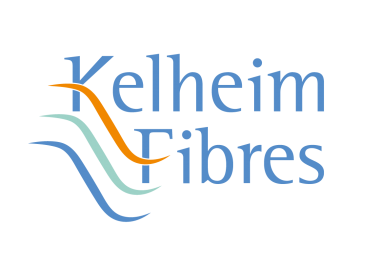Avgol invests in new capabilities at Russian facility
- New high-capacity line enables diversification to meet growing demand
Avgol, a global leader in the manufacture of high performance non-woven fabric solutions, has announced it is investing in a new high-speed, high-capacity flexible multiple beam production line at its facility in Uzlovaya, Russia.
“The addition of this new line enables us to have greater production capacity for growing regional markets and support the release of new Avgol technologies,” said Tommi Bjornman, CEO of Avgol.
“Serving the growing baby diaper, adult incontinence and feminine hygiene markets along with satisfying sustained demand for meltblown filtration and medical materials, this investment enables Avgol to deliver an improved degree of service across the entire area while consolidating and strengthening our existing position,” he said.
Avgol, an Indorama Ventures Limited company, leads the global hygiene market with the most comprehensive range of ultra-lightweight spun-melt nonwoven fabrics. This new line at the company’s Uzlovaya facility, in the Tula Oblast region of Russia, will see Avgol investing in new Reicofil 5 (RF5) technology. The third line for this location will include biocomponent and corresponding high-loft capabilities thus producing materials for applications that meet the needs of upper tier products for Hygiene customers.
As part of the investment, Avgol is including new capacity for meltblown production with a dedicated line, ensuring a continuous supply of this critical material for the region. One other aspect of the investment, and a new inhouse capability for Avgol, includes the addition of cutting-edge lamination capabilities. These capabilities will allow Avgol to offer enhanced performance products into the existing markets the company serves, as well as allowing the company to explore new opportunities in other markets. “The RF5 line, meltblown line and lamination capabilities will provide us a powerful set of platforms as a base from which to provide high-value products for our customers,” said Mr. Bjornman. “It will enable us to further diversify the Avgol innovation portfolio while remaining true to our roots.”
Mr. Bjornman further commented that the investment will also significantly support further sustainable product development in Avgol, under its innovative FIT™ (Forward Innovative Thinking) strategy. “Avgol is committed to the future of nonwoven fabrics with a particular focus on bringing polyolefins forward as viable resins in single use articles,” he said. “We are excited to bring new assets, new capabilities, and new technologies that will challenge customer expectations of the nonwoven fabric industry.” This investment will move the Russian production facility to the second largest site for Avgol (the largest facility remains the Mocksville site in North Carolina, USA).
PHD Marketing Ltd


